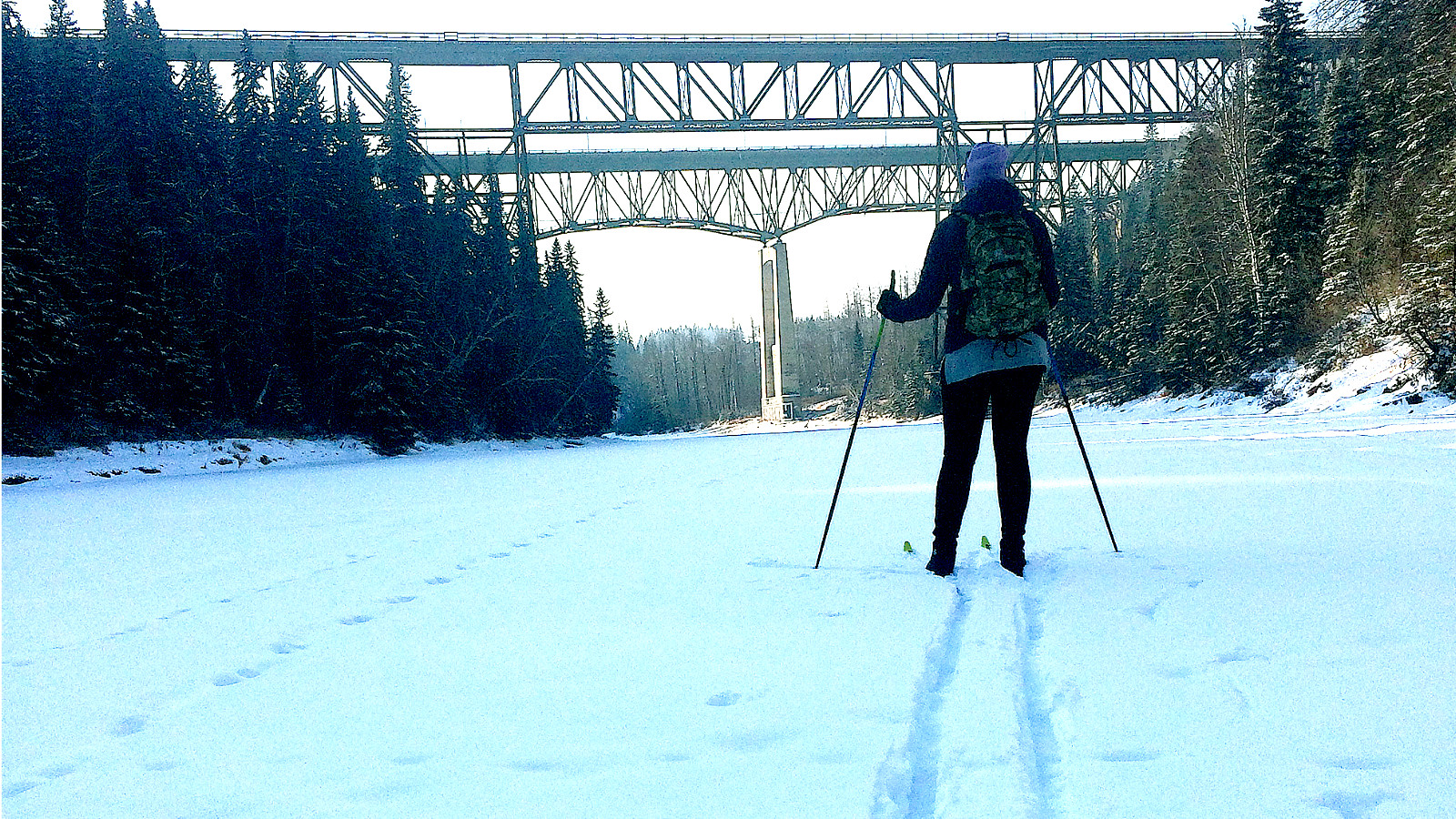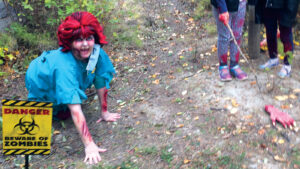There are many architectural sites that are seen from a car window and then quickly forgotten.
For the 15 seconds it takes to drive across the Hwy 16 bridge I have wondered, “How far down is the Pembina River?” And then quickly moved on to the next thought.
A few weeks ago my perspective changed. Taking off from the Pembina River Provincial Park my friend and I Nordic skied upstream on the frozen river towards the two bridge crossings.
Steep sandstone embankments created a mountainous illusion and thick ice flow that thawed and froze in early winter skirted the bottom of the embankments. As we followed the curve of the river I looked up to see the illusion of stacked bridges. A rail bridge over top of a car bridge. The industrial architecture was immense and compounded by the illusion.
“This reminds me of New York,” I said to my friend.
“This reminds me of Switzerland,” she said.

Whatever it was, we were transported to another place far away from this part of Alberta. I would even say we were transported to another time. I am by no means an architect but it seems to me bridges made today favour a sleek modern design, that features soft arches and blends with the urban environment and doesn’t look so…industrial. When you look at the Pembina River viaduct you immediately know that this was purpose built infrastructure that has a history. It is laden with steel, it has abrupt corners, and lacks any hint of frivolity.
The Pembina River viaduct was built by the Grand Trunk Pacific Railroad between 1909-1910. The bridge was designed, and built first in Scotland. It was then dismantled and shipped across the Atlantic, and brought to the “end of the steel” also known now as Entwistle, Alberta.
Before the actual construction of the bridge could start the crews built a massive false bridge and scaffolding out of wood. This was later removed once the viaduct was open for use.
The completed bridge is 910 ft long and 214 ft tall. It is the second tallest rail bridge in Alberta and after 111 years it is still in use.
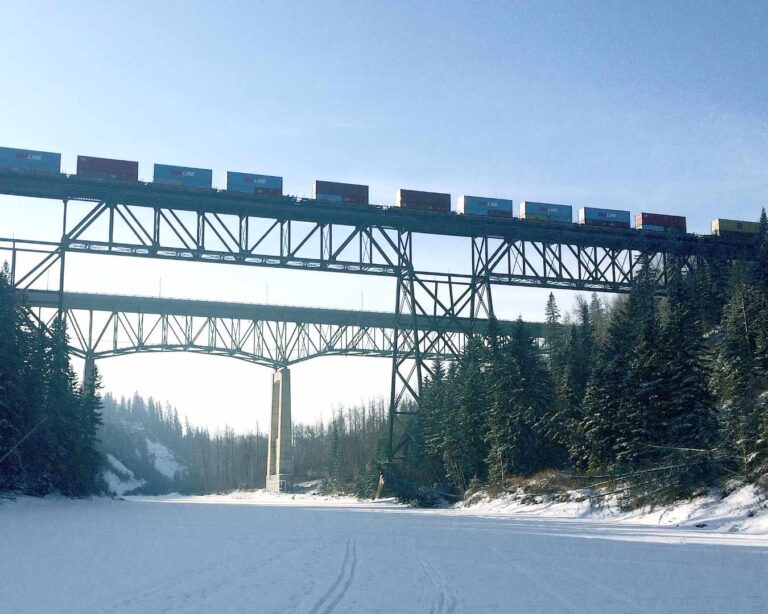
As we moved closer and closer to the bridge the illusion revealed itself and the Yellowhead highway bridge on Hwy 16 was now running alongside the viaduct.
The Yellowhead highway bridge has more of an industrial modern look and is heavily used. It was built from 1961-1962 with a completed height of 207 ft. It’s 900 ft long and was, for a time, the highest bridge in Alberta.
From the basin of the Pembina River it was easy to see that the construction of both of these bridges were an architectural feat. Developers would have been dealing with 1909 technology, high embankments, a wide valley and limited existing infrastructure.
I could not imagine what it must have been like to be a worker on such a project.
These concrete and steel constructions represented progress as the west continued to be opened up and a route to the Pacific through the Rockies was punched through. They demonstrated man and woman’s ability to conquer the land and ushered in the industrial age.
The rail line brought homesteaders and economic development and now both bridges bring the global economy to our door steps.
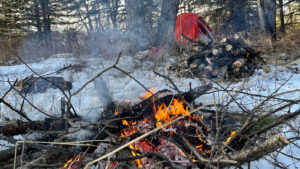
The joys of winter camping
Last winter some gals and I embarked on a trial cross country skiing/winter camping adventure on the Pembina River. The experience was amazing and left me wishing that winter was not coming to such an abrupt end.

The back 40
Subscribe for the full Free Press Share on facebook Facebook Share on email Email Share
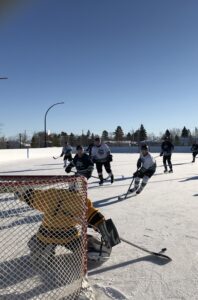
Ten winter experiences close to home
Become a Free Press e-edition subscriber Brandy Fredrickson, Free Press Here are 10 budget friendly

Spaaah Experience
This prompted me to wonder what other hidden gems we had in Drayton Valley that could be used to make an at home spa day.
Rural Watering Hole Tour
Before there were clubs, and ultra lounges there was the rural bar. The rural bar was a place people would go to have a drink, eat some food, get a bit of news and maybe even get a haircut. The rural bar was usually built alongside or attached to the lone hotel in the community.
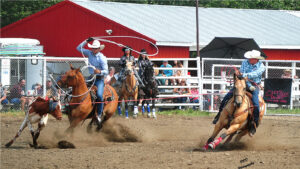
Rural rodeos you don’t want to miss
Rodeos have been a big part of the Brazeau and Beyond region since the Buck Lake Stampede first ran in 1929. The rural rodeo experience is not the circus you see in the larger locales. You’re closer to the action and it’s much more intimate.

